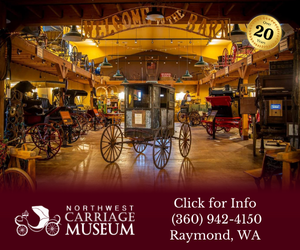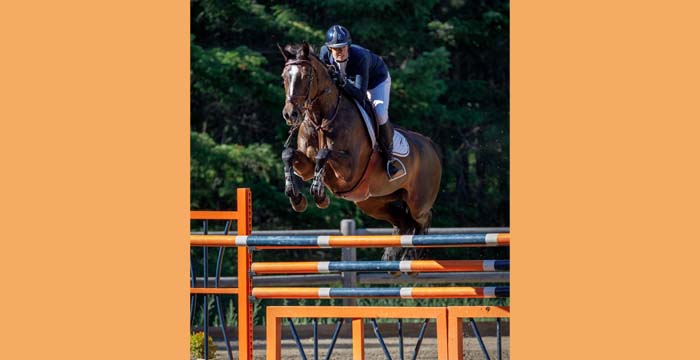At the Washington State Horse Park (WSHP), we’re fortunate to attract some of the best competition horses in the Northwest in a range of disciplines. These animals are truly amazing to watch with their breathtaking physical abilities, mental determination, and their desire to perform.
How do they achieve such a high level of ability? Some of it is good breeding for the right conformation and mind (nature) and some of it is what life given them from the time they were born (nurture). With good management, training, and luck most horses can achieve their full potential and even reach a high-performance level.
But what about the vast majority of horses with less talent? And what about those horses who have owners with less ambition, means or knowledge?
At WSHP we host plenty of recreational riders on lower-level performance horses. The vast majority of these animals are loved and cared for and eager to do their jobs. But there’s a small percentage that make me cringe. For example, the 20-year-old gaited horse taken on trails for the first ride of the season that was out for over two hours and came back lathered in sweat and panting. Or horses who are left to stand in wet and stinking stalls for days without any cleaning or new shavings. The ones who look out from their stalls at 11 a.m., waiting for someone to give them water and hay. Barefoot horses on splayed and cracked hooves, or the weepy infected eye loaded with flies, etc.
My point in mentioning these exceptions is that lower-level performance horses need the same basic care as top-level performance horses. All horses need quality feed, good nutrition, and should be fed on a reasonable schedule. Clean water should always be available, and feet and teeth need routine care. All horses need protection from extreme weather conditions and attacking pests. They all need veterinary visits to check on their general well-being, get vaccinations, and to address illness or injury.
But that’s not all! Tack needs to fit well, the rider needs to sit and hold the reins properly, and riders should respect the limits of their horse’s ability and stamina. Handlers should seek help if they’re trying a new skill that isn’t going well.
If my speaking out helps just one horse live a better life, then it’s worth it. Just think how much better all horses can perform when given proper care and love in return for all they do for us…even a “pasture ornament” often doubles as a therapist! If you’re deficient in your horse management practices, please start performing better for your partner today.
Published in July 2020 Issue:








